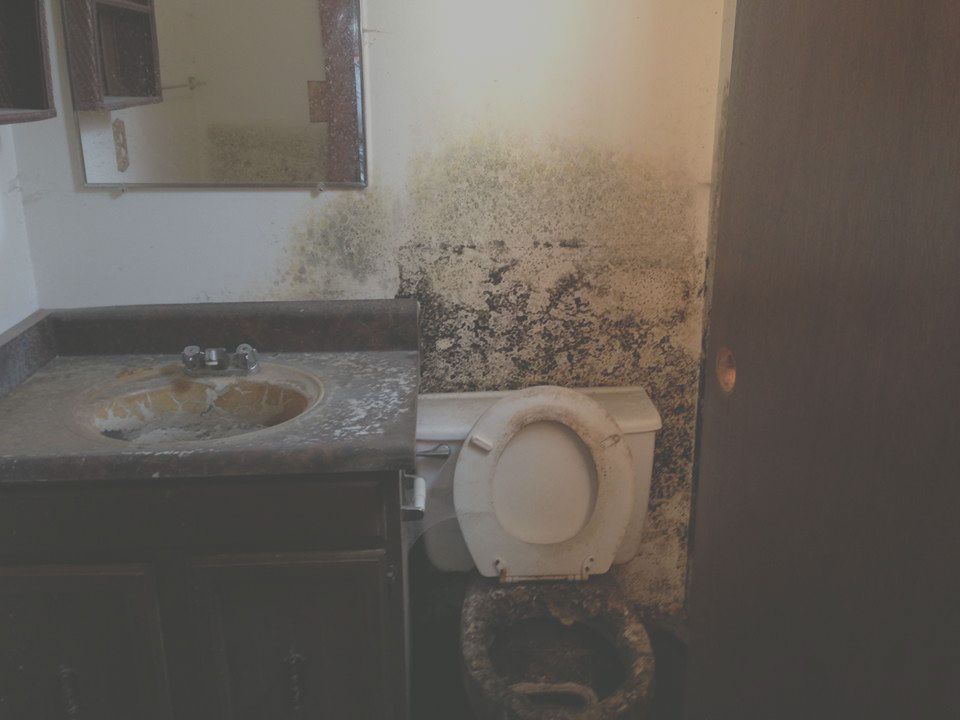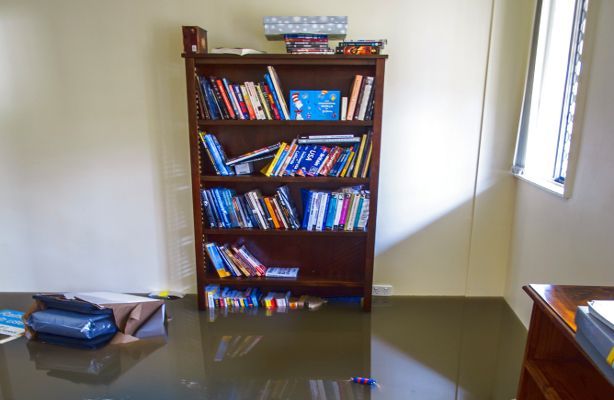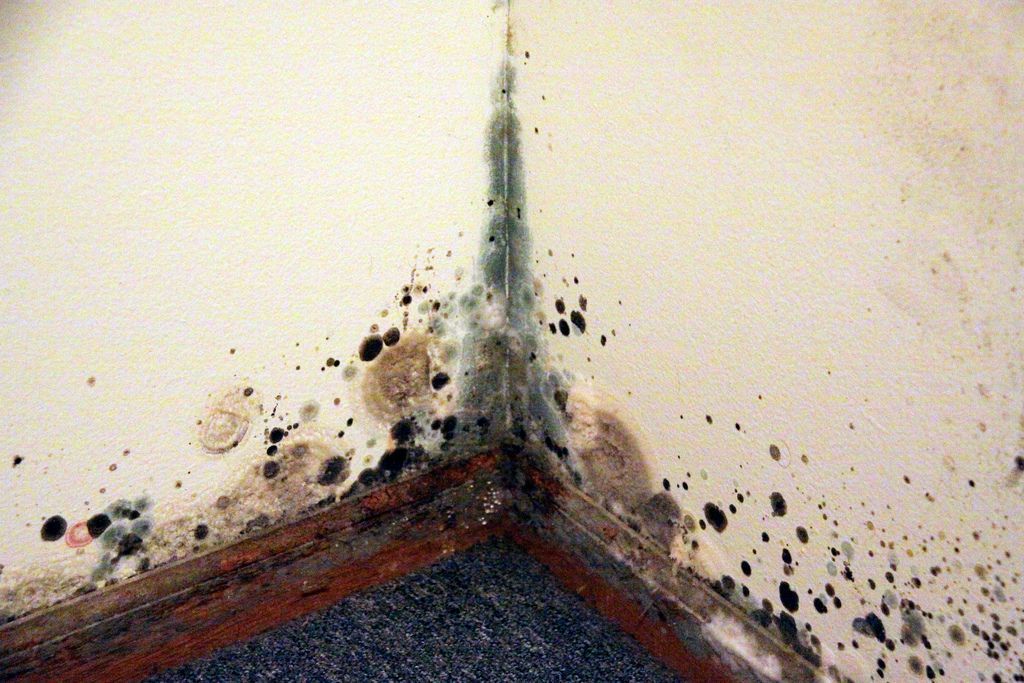Clogged Dryer Vents Ignite 15,000 House Fires a Year
Ah, nice, toasty socks right out of the dryer feel great in the winter. Unfortunately, residential clothes dryers can toast more than socks.
Flammable lint can work its way through your dryer’s lint filter and contact hot machine parts, including the dryer’s heating element. Worse, still, lint can clog exhaust vents, resulting in the build-up of volatile gasses. This scenario fuels more than 15,000 U.S. fires each year, according to the U.S. Consumer Product Safety Commission.
How do you know if you have a problem?
Fortunately, dryers in good repair employ effective barriers to catch lint and let air pass. So lint build-up doesn’t happen overnight, and your dryer will tip you off if lint starts piling up. You just have to pay attention and investigate when:
- Your dryer seems to radiate abnormally high heat. Same with clothes in the dryer.
- You notice any new odors seeming to start at your dryer. Hot machinery can release acrid, smoky odors, while bacterial and fungal growths tend to emit gassy or musty odors.
- Your dryer takes longer to finish a load or fails to completely dry your laundry.
- Your dryer makes strange noises. When metal heats up, it can warp. Warped machinery tends to complain. Loudly.
- You see lint build-up behind the lint filter when you remove and clean it. Also watch for lint build-up around, underneath and behind the dryer.
Can you be more proactive?
Of course, you’re right when you say, “I’m not going to rely on an inanimate machine to tell me when my family or business is at risk.” The potential consequences are too grave, and reasonable precautions are too simple. Here are a few things you can do to catch dryer lint build-up before it raises the risk of fire:
- Check your external dryer vent while the dryer is operating. Ensure that the vent is not clogged with lint or obstructed with plant growth or animal nests (or animals, for that matter). Little or no lint should be present in this exhaust. If airflow is restricted, stop operating your dryer immediately and investigate.
- Clean your lint filter after every dryer load. Check it before every load, too.
- Regularly clean around, under and behind your dryer. Inspect for excessive lint build-up.
- Limit the use of dryer sheets, opting for liquid softeners instead.
- Pay attention to the drying time, sounds and heat levels associated with your dryer’s normal operation. Investigate when any of these variables changes noticeably.
- Call a professional with experience in cleaning and inspecting dryer vents.
If you suspect or know that your dryer’s exhaust vent is clogged with lint, stop operating it immediately. Angie’s List recommends calling a professional to clean dryer vents.
When you call an expert, you get the peace of mind that comes from knowing the job is done safely and thoroughly. It’s also inexpensive, especially when compared to the costs of recovering from even a small fire.
And don’t wait until your dryer squawks to call a professional. At a minimum, dryer vents should be inspected and cleaned once a year to catch and remove potentially dangerous lint and debris build-up that can result in destructive fires.
Your dryer is convenience that makes your life easier. Don’t take it for granted and let it make your life harder. Check out the Abbotts blog for more tips and advice to keep your family and property safe.










